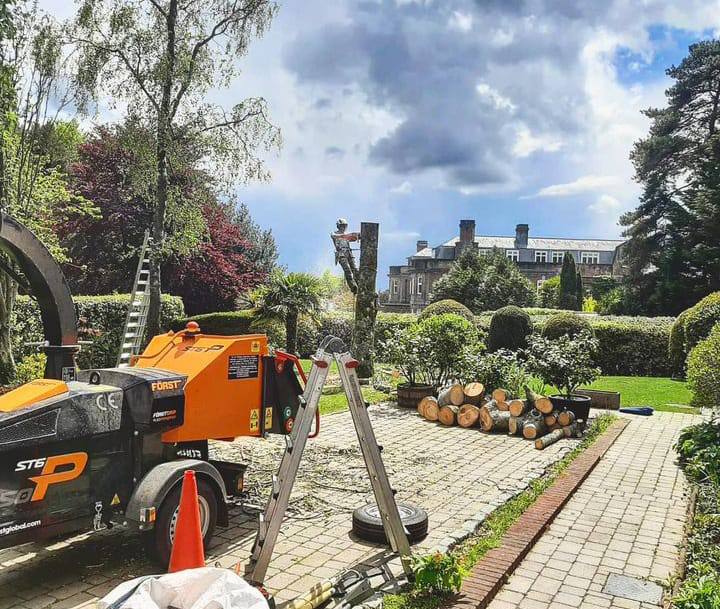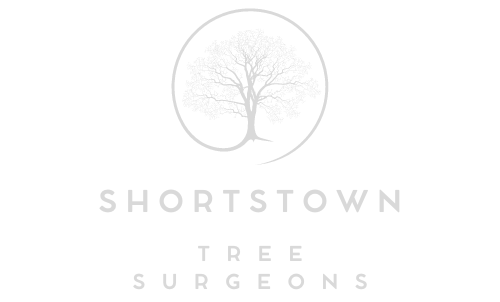Pruning Young Trees: Setting Them Up for Success
Planting young trees is an investment in the future — one that adds beauty, structure, and environmental value to your property. However, for trees to develop strong, healthy forms that will last for decades, early pruning is essential. Properly pruned young trees are less likely to suffer from weak branch structures, storm damage, or disease later in life. At Shortstown Tree Surgeons in Shortstown, Bedfordshire, we understand that formative pruning is one of the most important steps in establishing long-term tree health and stability.
Why Early Pruning Matters
Many people assume that trees can be left to grow naturally without much intervention, but this often leads to future issues such as crossing branches, structural weakness, and unbalanced growth. Early pruning sets the framework for how a tree will develop as it matures, helping it grow in a strong and stable shape that can better withstand environmental stress.
Professional pruning during the early years ensures:
- A strong central leader that forms the tree’s main structure
- Balanced branch spacing for even growth and better light penetration
- Reduced risk of breakage from weak, narrow branch angles
- Improved airflow and reduced disease risk through selective thinning
- A long-lasting, attractive form that enhances the surrounding landscape
At Shortstown Tree Surgeons, we approach each tree individually, considering its species, age, and environment before developing a pruning plan that encourages healthy, sustainable growth.
The Ideal Time to Prune Young Trees
Timing plays a crucial role in tree health. Most young trees benefit from formative pruning during their dormant season — typically late winter or early spring — before new growth begins. This allows the tree to heal quickly and direct energy into forming strong, well-positioned branches as the growing season starts.
However, some light pruning, such as removing damaged or crossing branches, can be done at other times of year when necessary. Our specialists at Shortstown Tree Surgeons can advise on the most suitable schedule based on your specific tree species and site conditions.
Key Techniques in Young Tree Pruning
Proper pruning requires a careful balance — removing enough growth to guide shape without over-stressing the tree. The main techniques used include:
1. Establishing the Central Leader
Most tree species benefit from having a single, dominant main stem known as the central leader. Removing competing vertical shoots prevents weak forks and encourages a strong, upright trunk.
2. Managing Branch Structure
By selectively thinning branches and ensuring they’re well spaced around the trunk, arborists create a balanced canopy that allows light and air to reach all parts of the tree. This reduces disease risk and promotes even growth.
3. Removing Defects Early
Dead, damaged, or rubbing branches are removed while the tree is young to prevent wounds and decay later. Addressing these small problems early avoids major pruning or structural repairs in the future.
4. Controlling Crown Shape
Formative pruning shapes the canopy to complement the species’ natural growth pattern, promoting symmetry and preventing overcrowding. This also ensures the tree fits harmoniously within its surroundings, whether in a garden, park, or street.
Common Mistakes to Avoid
Poor pruning can cause lasting harm, so it’s essential to approach young tree care with expertise and precision. Mistakes often made by untrained individuals include:
- Cutting too close to the trunk, damaging the branch collar
- Removing too much foliage at once, stressing the tree
- Topping or over-reducing, which disrupts natural growth
- Ignoring developing structural defects until they become severe
At Shortstown Tree Surgeons, our team ensures every cut is made with the tree’s health in mind, using proven arboricultural techniques that encourage strength and resilience.
Long-Term Benefits of Early Tree Pruning
When young trees are pruned correctly from the start, the long-term benefits are significant. Well-structured trees are safer, healthier, and more attractive as they mature. They require less corrective pruning in the future and are better equipped to handle strong winds, heavy rain, and seasonal changes.
Other advantages include:
- Reduced maintenance needs later in life
- Increased resistance to pests and disease
- Improved clearance around paths, driveways, and buildings
- Enhanced aesthetic appeal for gardens and landscapes
Properly pruned trees not only look better but also contribute more effectively to the local ecosystem, supporting wildlife and improving air quality.
Conclusion
Pruning young trees is one of the most effective ways to ensure their long-term success. By shaping strong structures, encouraging healthy growth, and preventing early defects, formative pruning gives trees the best possible start. For expert young tree care and professional pruning services in Shortstown, Shortstown Tree Surgeons provides the skill and knowledge needed to help your trees grow strong, healthy, and beautiful for years to come.
Call us on: 01234 862 087
Click here to find out more about Shortstown Tree Surgeons
Click here to complete our contact form and see how we can help with your trees needs.

